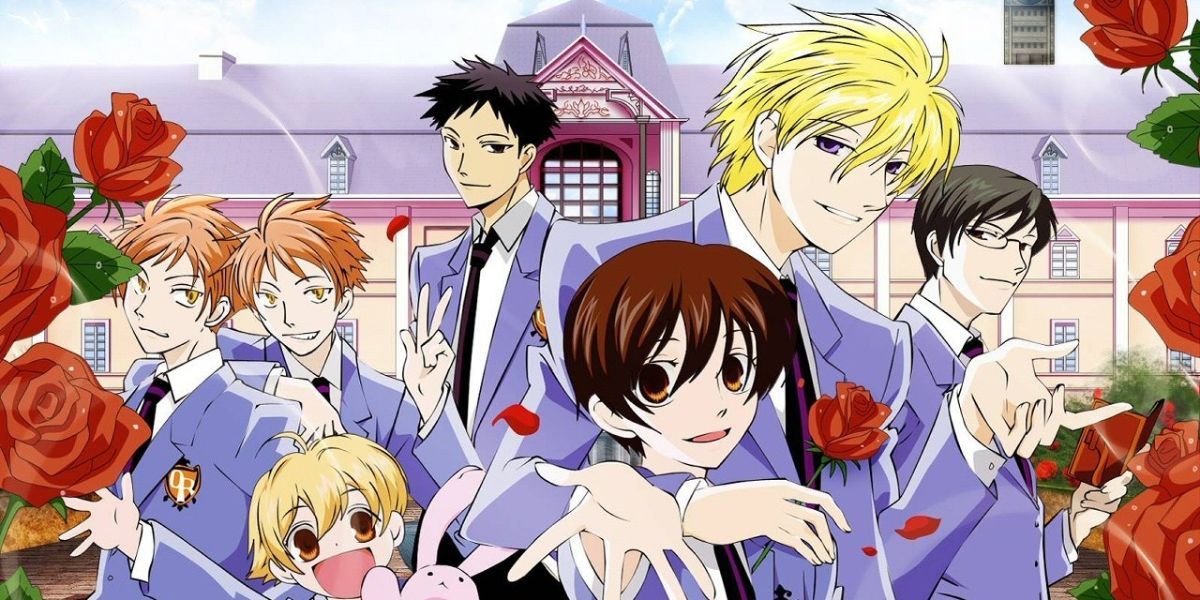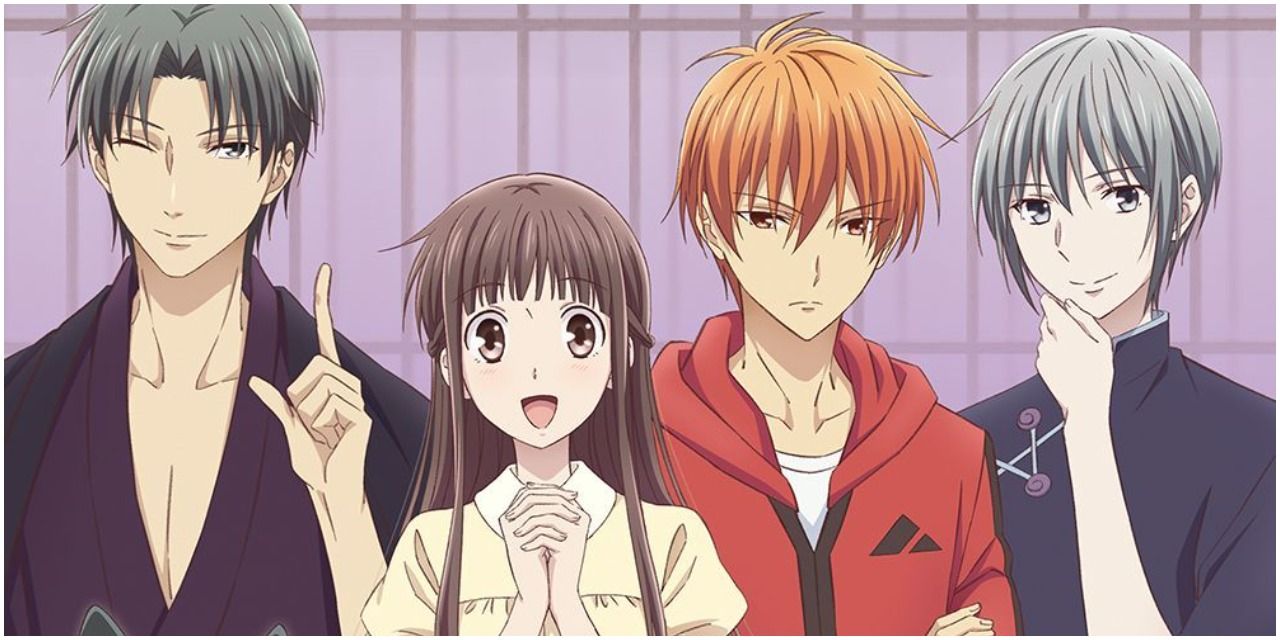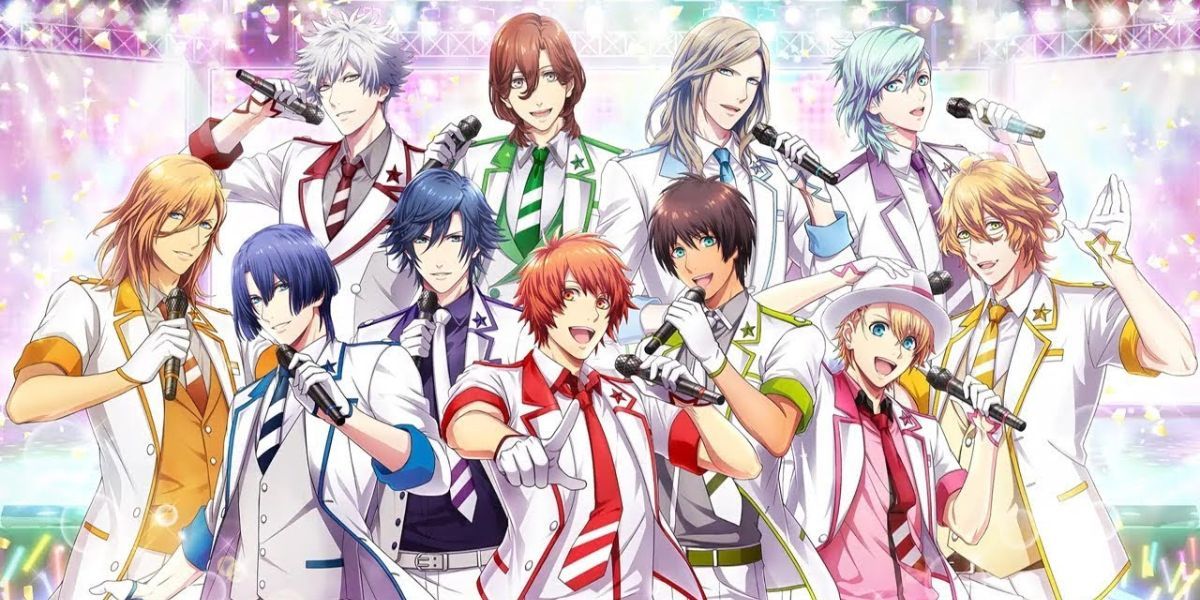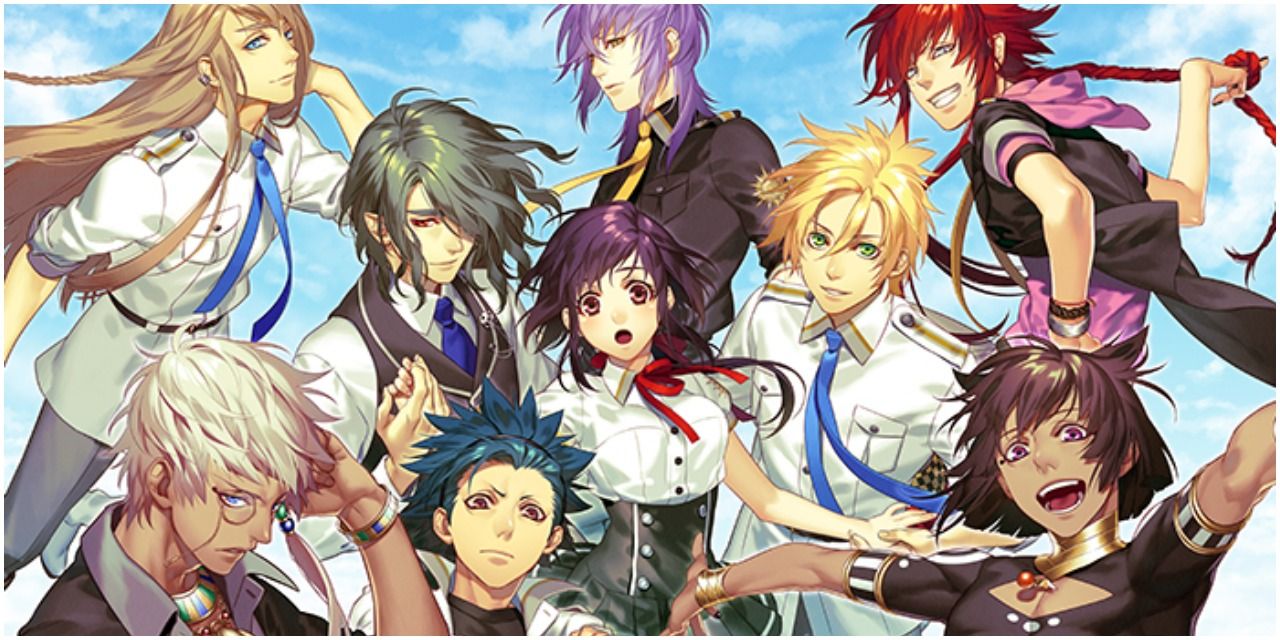While many see harems and reverse-harems as the same subgenre only differentiated by a gender swap, the underlying plot and style of these anime can vary greatly. Reverse-harems focus on character development to create an appealing cast, while harems often use fan service to achieve the same objective. While both subgenres aim to please viewers, their target audiences have come to expect different things.
Reverse-harems are a popular subgenre of romance that stars a female lead surrounded by male characters of different personality types. As the men compete for the lead's love and affection, reverse-harems deliberately appeal to viewers through romantic tropes and favorable characters. Along with the obvious gender swap, here's what sets reverse-harems apart from harems.
The Soft-Spoken Lead in Reverse-Harems
While harem male leads range drastically from socially awkward to commanding, female leads in reverse-harems are typically soft-spoken and agreeable. They are often reactionary, responding to the characters and world around them while not necessarily driving the plot themselves. While some reverse-harems star dynamic and strong female leads, like Yona from Yona of the Dawn, most leads are gentle and loving like Tohru Honda from Fruits Basket. These stereotypical personality traits are meant to be relatable and reflect what audiences expect out of a female lead.
Some female leads in reverse-harems are even passive with one-dimensional personalities that greatly lack in individuality. This type is common in reverse-harems adapted from otome games, where the player or reader inserts their own personality into the story. Since otome games don't have a distinct female lead, these leads simply act as placeholders for the viewers to observe the male characters. Otome adaptations like Diabolik Lovers, Amnesia, and Brothers Conflict are notorious for having passive female leads who allow the male characters to fully own and control the narrative.
The Friendships Between Those in Reverse-Harems
Many reverse-harems focus on the growing friendship between male members. While harems tend to focus on the jealousy and gossip between their female characters, reverse-harems prove that those with the same love interest can be friends. Many reverse-harems begin with a pre-existing friend group -- like Code: Realize − Guardian of Rebirth and Phantom in the Twilight -- whose friendships are either strengthened or weakened by the arrival of the female lead and common love interest.
While some friendships are greatly impacted by romantic rivalry, others are formed between strangers who mutually surround themselves around the female lead. My Next Life as a Villainess is a great example of the latter. The lead typically encourages these friendships while actively improving and deepening the bonds between male characters. In Uta no Prince-sama, classmates who didn't previously know each other come together over their love for Haruka Nanami and her music composition to form a popular boy band. While these male characters learn to support one another, similar unexpected friend groups form in Yona of the Dawn and Kamigami no Asobi.
Reverse-Harems: Intricate Romance and Ambiguous Endings
Though many harems focus heavily on fan service, reverse-harems center around romantic charm and the intricate character development among the male members. While men in reverse-harems are well-drawn and styled, more effort is placed on their personalities and unique individuality. With vastly different personality traits within the same reverse-harem, each viewer is given the opportunity to focus on and relate to their preferred character type. Some of the most popular and common male types in reverse-harems are the tsundere and princely characters, as seen in Ouran High School Host Club.
While reverse-harem anime often have well-developed characters and romance, some fail to stick the landing. Many don't have a proper and definitive conclusion, leaving the female lead without a partner. The ambiguous ending where the lead doesn't choose between the men is common among otome adaptations because the player or viewer is supposed to pick their own favorite character. Since these relationships are left open-ended, it can leave some viewers with an incomplete and unfulfilled sense of finality.




